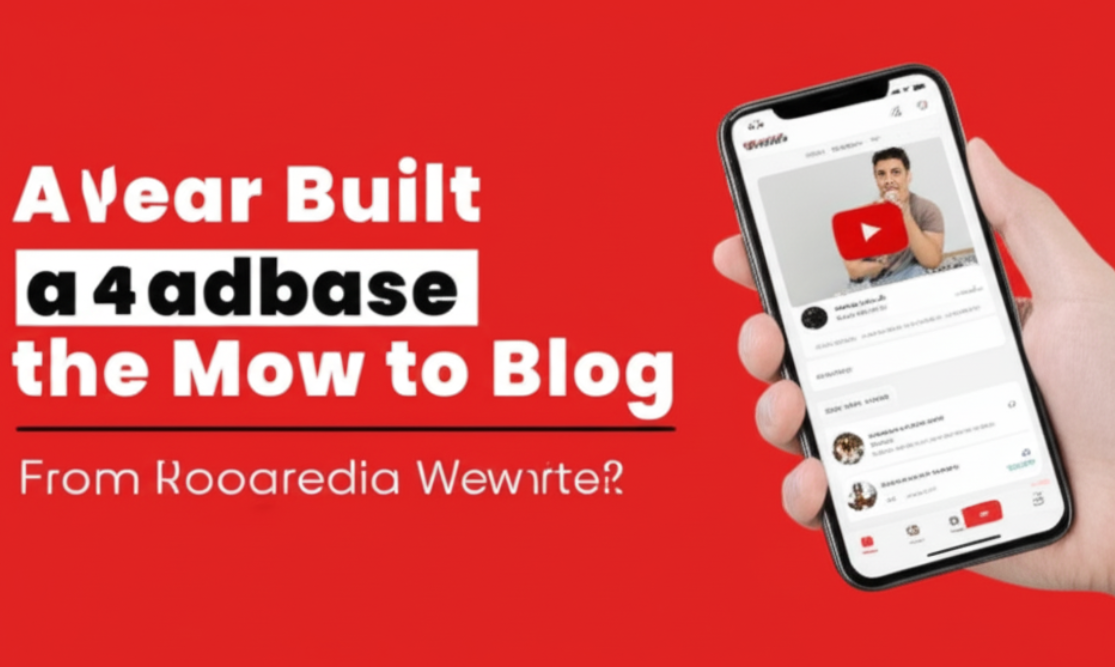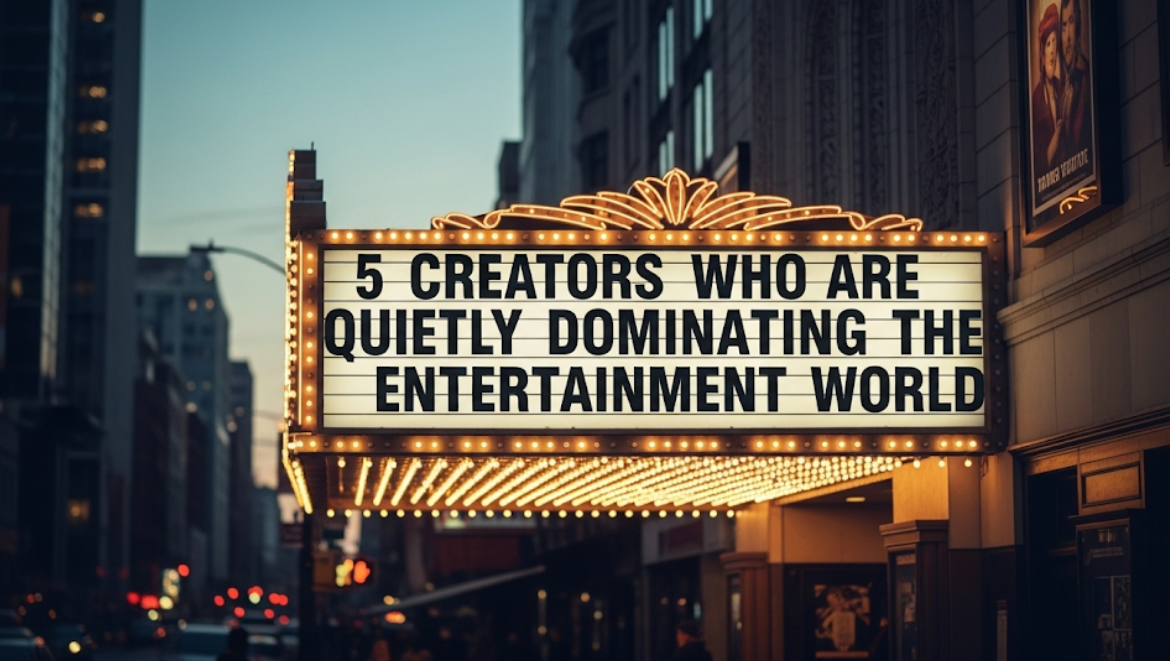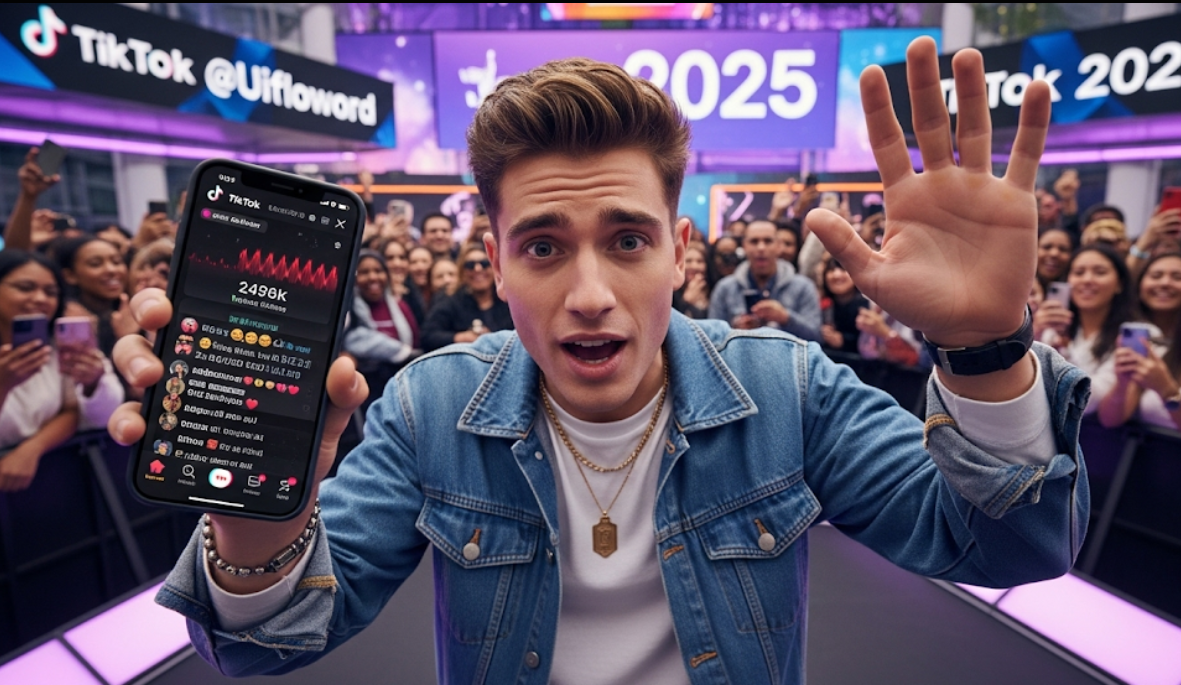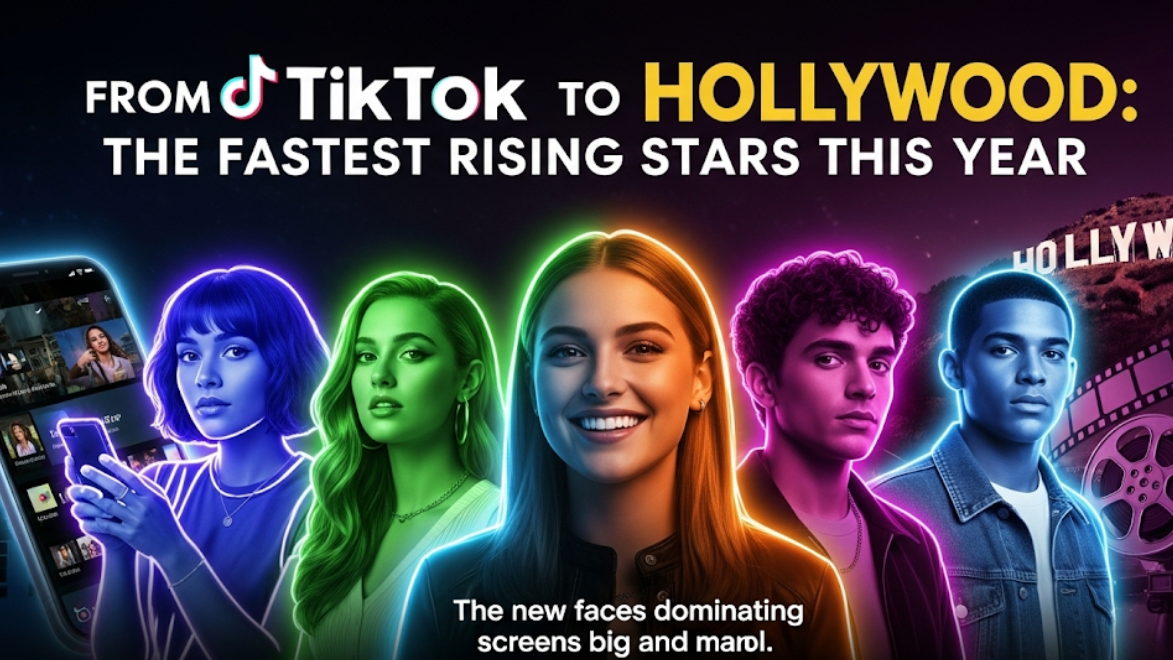It all began with a webcam, strange ideas and a stubborn willingness to try things that were not working. What started as a teenage bedroom channel is now a global media business selling snacks, running a virtual burger chain and even funding the planet millions. And this is the playbook that shows how a solo creator took viral attention and built up an optimized, process-oriented company. It is a rich, messy tale for anyone looking to build an empire through content.
Origin Story: A Tiny Room With Too Much Time
I put up my very first piece of content while a teenager back in 2012 and continued to experiment for years. At the outset videos were mostly of gaming, “counting” pranks and forced reaction content — quick turnaround, low production investment.
He continued to count — he wasn’t counting sheep, after all; he was counting his way toward the high — but the payoff wasn’t immediate or overnight and wouldn’t make him rich (not yet, anyway). What that 2017 breakout did show for certain is something you can learn while watching reruns of America’s Funniest Home Videos: In The Digital Age, Big. Simple. Dumb ideas executed relentlessly will make you King of the hill in this here Internet thing we got going on. Viral momentum followed.
Why it was the bedroom: cheap R&D. With very little financial overhead, he could pour every single dollar back into creating even more batshit, clickbaiting videos.
The Three-Stage Playbook for Scaling Your Views into a Business
Relentless content optimization. Every piece of footage, thumbnail, and title had been A/B tested — just not as neat (informally). It was kind of like a lab in that he learned what viewers watch and share at YouTube.
Reinvest everything. The early hits generated ad revenue to pay for larger stunts — bigger sets, more people, larger prizes — not skimming the profits, as some creators were. Steadily escalating an arms race that fed virality and subscriber growth.
Productize attention. After the channel reached scale, ads became a sideshow to physical products (“Toys”), restaurants, apps and TV format shows that turned views into sustainable revenue streams.
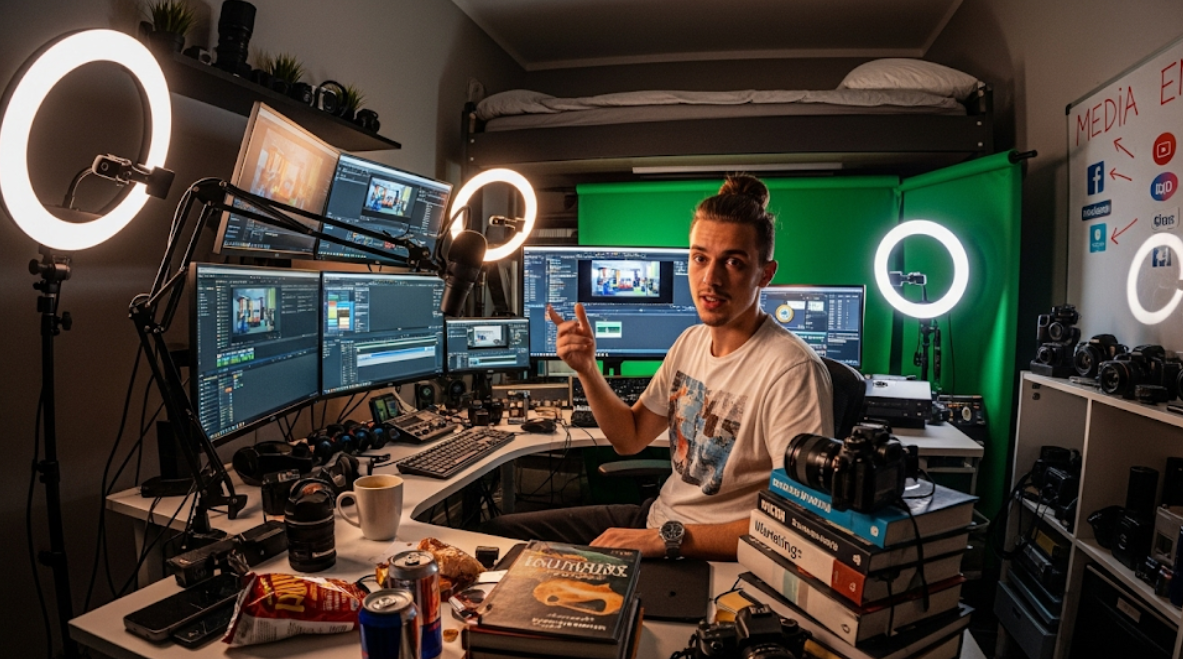
The empire — from a bedroom
Originals, Beast Industries/Media arm: The beating heart of the bootstrapped production company that continues to crank out viral videos at will and is now actively creating streaming shows. One came in the form of a wide-reaching competition show making the transition from platform native to traditional media — on mainstream streaming.
Consumer brands – Feastables (Snack/Candy) and MrBeast Burger (Virtual/Ghost-Kitchen Fast Food) — Turned audience trust into repeat purchases = scalable/revenue generating asset outside of only relying on Ad CPMs. Turning first to Feastables, this has been cited as a significant contributor to revenue on its own.
Cause campaigns: Campaigns like #TeamTrees and #TeamSeas were mega-philanthropy initiatives that allowed a creator to get more outreach and good PR by mobilizing other influencers and big donors — in short, turning influence into mass scale social impact + PR.
Numbers to bear out that load: recent reporting places the company generating sales of hundreds of millions in a year and seeking investment rounds for what could be billion-dollar valuation — good evidence that a creator-led business can take on legacy media companies.
This is how the strategy works — tactical lessons you can steal.
Make big, simple bets. It’s not a competition, but that one kickass idea executed at scale trumps ten safe, forgettable videos. In the early days, its viral pranks were intentionally extreme and tailored to easy sharing.
Turn attention into product-market fit. Extend Beyond Merch: See if other CPG items and low friction food concepts make sense that you can sell repeatedly (snacks, digital goods, food delivery). But you see, if the audience believes in your taste, they will buy.
Create a holding structure. All media businesses, CPG companies, restaurants and software start-ups — come together under one roof (call it your holding or Beast Industries in this case) to benefit from combined branding and access to growth capital through the parent company.
Use philanthropy smartly. Both massive charity drives do the world some good and if run openly with partners and clear KPIs (trees planted, pounds of trash removed) can also supercharge virality. Now those campaigns are working as evergreen reputation engines for you.
Ads are just the tip of the iceberg — Monetization breakdown
YouTube ad revenue: first hope, but unstable and platform specific.
Direct-to-consumer (D2C) goods: Feastables & apparel are marginally brand locking. On the corporate side, among Feastables revenue has been arbitrary part of business earnings.
Format rights are licensed to higher-margin platforms, via TV-style shows and streaming deals.
Franchising & ghost kitchens: MrBeast Burger scales with local kitchen partnerships — Smaller capex than owning restaurants.
Assets: Analytics Tools, Creator Services that diversifies revenue and creates IP beyond one personality.
Scale issues: controversies, quality control and scrutiny
No empire grows without friction. The growing office sprawl brought the inevitable public tidbits: accusations about corporate culture, old offensive comments rediscovered, lawsuits regarding production practices. Those moments are what separates the resilience of a brand and an entrepreneur’s ability to change when tested under scrutiny. A creator-led company that scales fast may often fix their wobbles through transparency, independent audits, and stronger HR practices.
Why this matters: In a founder-creator, the company and your personal brand are often indistinguishable in how they show up publicly. Content Strategy is not enough, take brand governance seriously.
Timeline: from bedroom to billion-dollar brand (quick view)
2012: First bedroom uploads by a teenager — play.
2017: The power of the stunt — viral breakouts.
2019 — 2021: Creator-Led Charities (#TeamTrees, #TeamSeas) Driven Massive Goodwill and Creator Networks.
2022-2020s: Product development (Feastables / Bites), virtual restaurants (MrBeast Burger), and an evolution towards a franchise-based business.
2024–2025: The business has reported revenues in the hundreds of millions, discussions regarding a multi-billion-dollar scale fundraising begin.
Common points — what did it:
- Fail fast and iterate faster.
- Scaling a business with ads, not selling the company to take money off the table.
- Monetizing audience trust in non-subscription repeat-purchase goods.
- Activating creator networks to create collaborative campaigns that amplify reach and authenticity.
- Productizing the business (incorporation, C-level hires, funding rounds).
Please also check out: 5 Creators Who Are Quietly Dominating the Entertainment World
Lessons for creators and founders
Think like a media company. Plan a business model that has multiple revenue pillars if you make things at all, even if you’re ‘just’ a creator.
Reinvest ruthlessly in growth early. The compound of that reinvestment acquires attention eventually turned into leverage for lower margin businesses.
Protect the brand. Growth leads to oversight; develop regulations, PR power, and ethical fences quickly.
Make your first product obvious. If your content is loved by your audience, just find the easiest thing they will continue to buy. Both candy and quick service food were no-brainers, easy wins for this creator.
Bottom Line: Repeatable, But Not Easy
It has become clear that one can transform a bedroom channel into an international media empire — but it takes much more than just luck. Having hands-on innovation (through obsessive testing), model-correct capital allocation (reinvesting, not ringing the register too soon), sticky virality, transient attention -> permutable business assets like direct-to-consumer products and licensing/business-in-a-box franchises? This a theoretically repeatable path, but one that so rarely plays out in concrete because it all hinges on the perfect storm of risk tolerance + operational discipline + right time/place/etc. Generation agencies and large publishers gone are condemning the space to conglomerates whose DNA precludes them from actually using these platforms effectively, or understanding their value.
If you are a Creator: Begin small, move quickly and be deliberate two steps ahead — content today, product tomorrow, company the day after.
Sources (major reporting used)
Wikipedia | Business Insider | Forbes | Bloomberg | The Guardian | TeamTrees.org | TeamSeas.org; current product lines and streaming projects.

